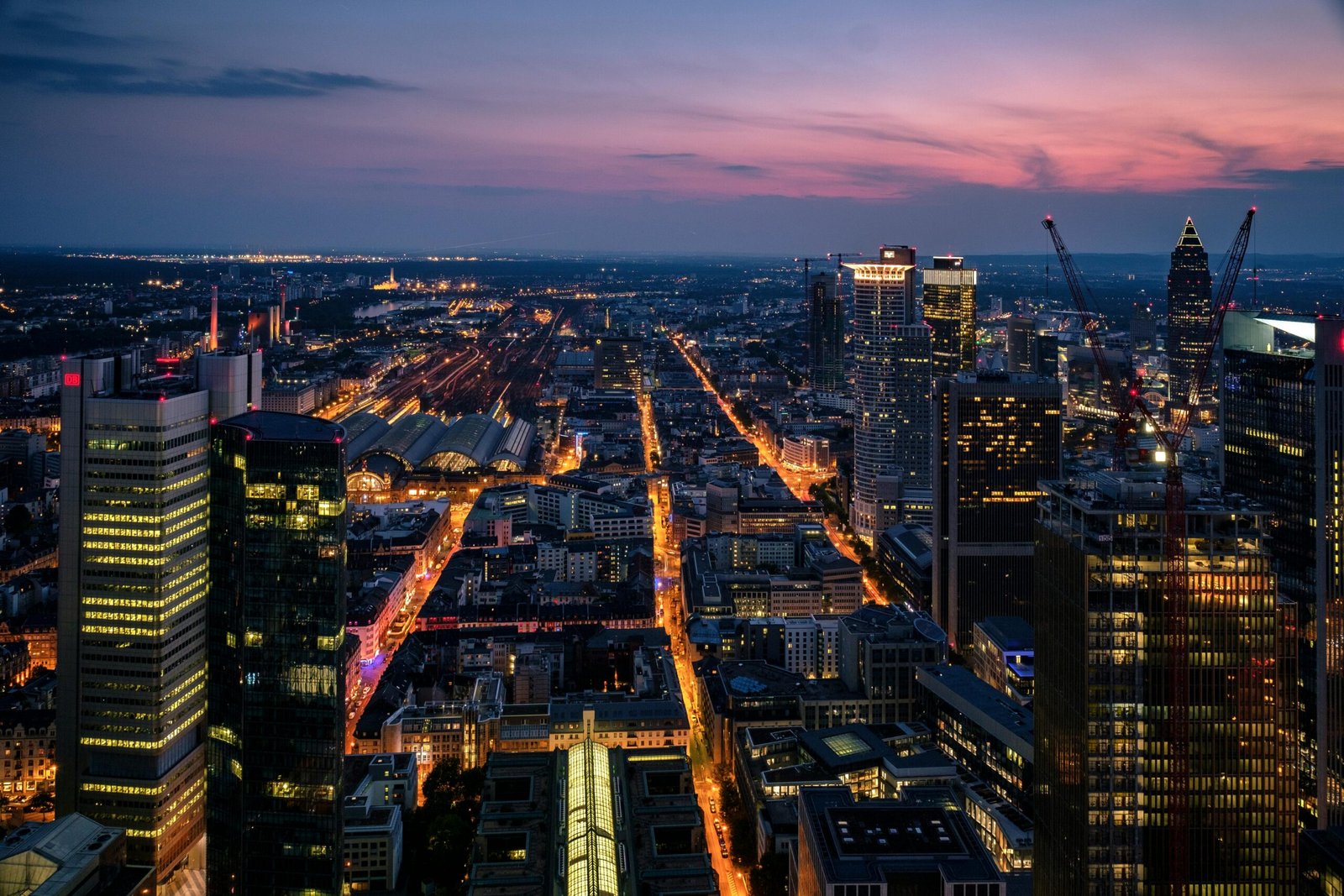Frankfurt, officially known as Frankfurt am Main, is a bustling metropolis located in the heart of Germany and Europe. Renowned for its futuristic skyline, rich cultural heritage, and significant economic stature, Frankfurt seamlessly blends modernity with tradition. This article explores the city’s history, economy, cultural scene, and its role as a global hub, offering a comprehensive overview of one of Germany’s most fascinating cities.
Historical Overview
The origins of Frankfurt can be traced back to the Roman Empire, with the city’s history marked by periods of significant prosperity and occasional turmoil. It became an important center in the medieval period, hosting coronations for Holy Roman Emperors from 1562 to 1792 in the majestic Frankfurt Cathedral. The city’s strategic location on the Main River facilitated its growth as a trading hub, laying the groundwork for its modern economic prominence.
Economic Powerhouse
Today, Frankfurt is often referred to as the financial capital of continental Europe. It hosts numerous major banks, including the European Central Bank (ECB), the German Federal Bank, and a plethora of international financial institutions, earning it the nickname “Mainhattan” due to its impressive skyline reminiscent of New York City’s Manhattan. Frankfurt’s Stock Exchange is one of the world’s largest trading centers for securities, solidifying the city’s global financial significance.
Cultural and Educational Landscape
Frankfurt is not just about commerce and finance; it also boasts a rich cultural tapestry. The city is the birthplace of the famed writer Johann Wolfgang von Goethe, and his ancestral home, the Goethe House, is now a museum celebrating his life and works. The Museumsufer, or Museum Embankment, is a cluster of museums on the banks of the Main River, featuring art, architecture, and history exhibits that attract visitors from around the globe.
Frankfurt’s educational institutions, such as the Goethe University and the Frankfurt School of Finance & Management, are highly regarded, drawing students and scholars from many countries.
Architectural Marvels and Green Spaces
While Frankfurt’s skyline is dominated by skyscrapers, the city also values its green spaces and historical buildings. The Old Town (Altstadt) area, particularly the Römerberg plaza, gives visitors a glimpse into the city’s past with its beautifully reconstructed half-timbered houses. Meanwhile, the Palmengarten and the Grüneburgpark offer peaceful retreats from the urban hustle, showcasing the city’s commitment to preserving nature amidst rapid development.
International Connectivity
Frankfurt’s geographical location in the center of Europe makes it a crucial transportation hub. Frankfurt Airport is one of the world’s busiest airports, serving as a major gateway for international travelers. Additionally, the city’s central railway station is one of the largest rail junctions on the continent, facilitating easy travel to and from Frankfurt.
Conclusion
Frankfurt am Main is a city of contrasts, where historical charm meets modern sophistication. As a financial powerhouse, cultural hotspot, and transport nexus, it plays a pivotal role in Europe’s economy, culture, and connectivity. Whether one is drawn to its economic opportunities, cultural offerings, or architectural beauty, Frankfurt continues to enchant residents and visitors alike, making it a must-visit destination in the heart of Europe.
